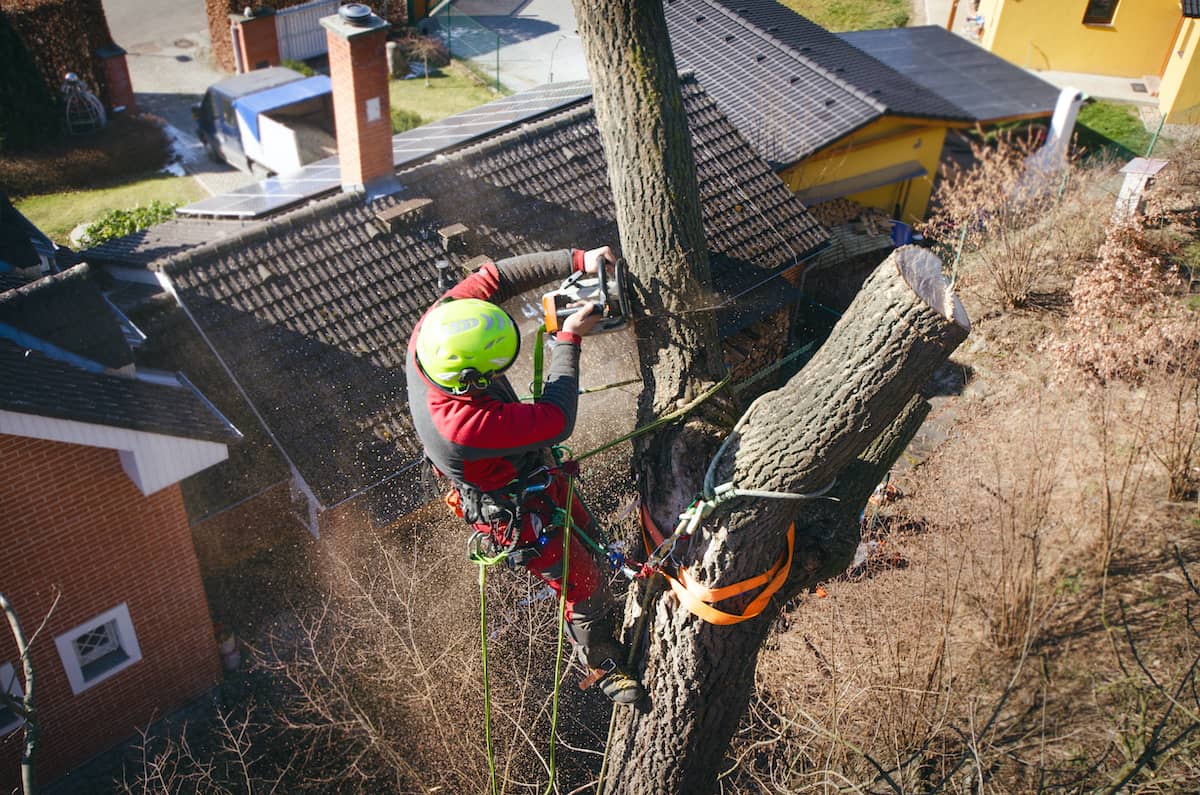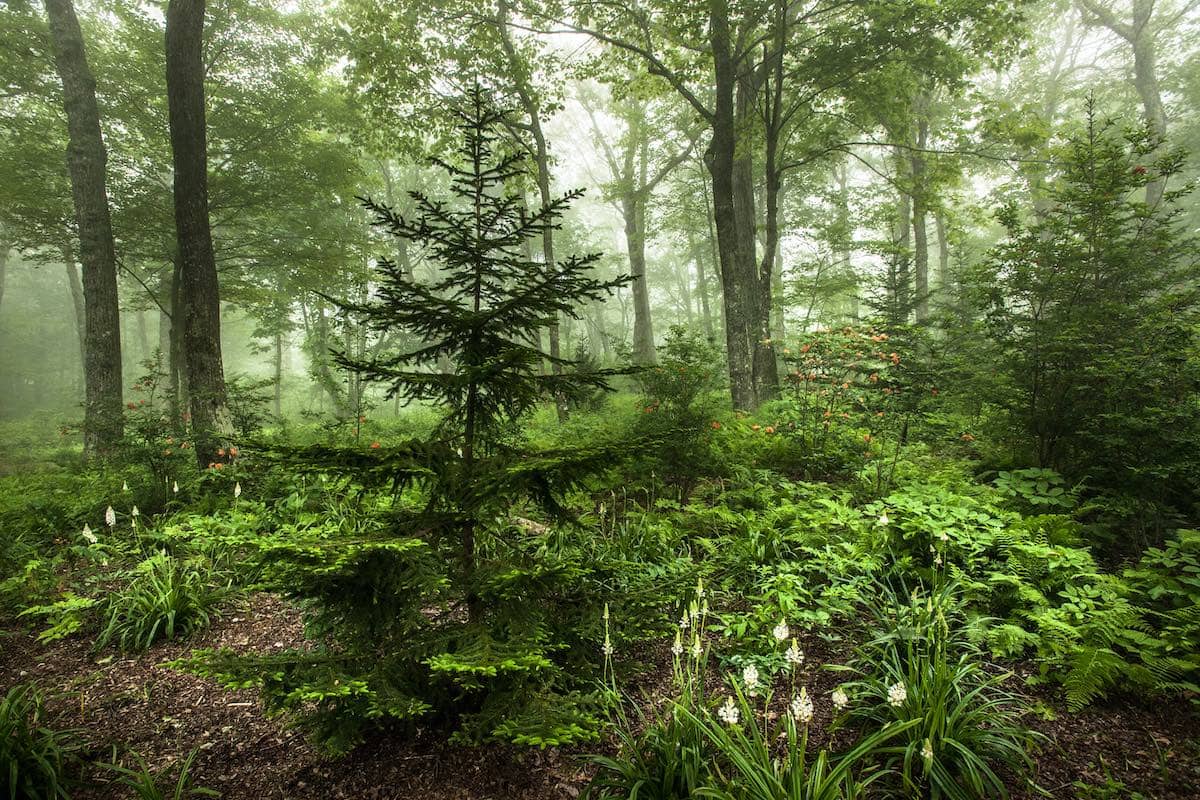
Photo Credit: Olena Sergienko / Unsplash
New technology will track carbon in every tree
From the Amazon to the Arctic, trees are working overtime to capture carbon pollution from the atmosphere and lock it safely away in their wood. Now, thanks to a new digital platform designed by scientists and data engineers, we know just how hard they are working. Nonprofit CTREES will soon launch what might seem like a tool of a futuristic world: a digital platform offering high accuracy, artificial intelligence-enabled satellite data that allows stakeholders to measure carbon emissions and removals from every tree on the planet, with complete accuracy. This powerful tool will provide real-time information about tree and forest health and has the potential to refine carbon offset initiatives that often struggle with calculating their emission reduction efforts.

Photo Credit: Tibor Duris / Shutterstock
Denver organization provides forestry career opportunities for the formerly incarcerated
Just as a seedling needs nurturing to grow, people sometimes need support to grow and thrive as well. The Park People in Denver are giving those formerly incarcerated just that. The organization’s recently launched pre-apprenticeship program, TreeForce, is made up of formerly incarcerated individuals who will help expand and care for Denver’s tree canopy and in the process prepare for meaningful career paths with family-supporting wages. Participants will explore forestry career pathways through classroom-based, work-based and hands-on learning. Upon completion of the program, they will be encouraged to apply to the Colorado Arborist Apprenticeship Program or pursue employment opportunities in private tree care, municipal forestry, seedling production, tree planting, urban wood reuse or higher education.

Photo Credit: Alexander Knyazhinsky / Shutterstock
Planting fruit trees in cities helps put food on the table
Across the United States, communities looking to tackle both food insecurity and urban heat are finding success with a multi-tasking solution: food-bearing trees. For example, in Philadelphia, a city where 1 in 6 households face food scarcity, the Philadelphia Orchard Project has planted hundreds of fruit and nut trees in 67 sites over the last 15 years. The resulting produce and protein — over half a ton of food every year — go to food pantries, farmers’ markets and passers-by. So far, the trees have fed an estimated 6,532 Philadelphians, often at no cost to them. The project has also offered residents the chance to grow culturally significant food, which many miss after migrating to the area. With additional benefits like cooling temperatures, cleaning the air and stopping water run-off, it’s no wonder that fruit trees are also showing up in Baltimore; Birmingham, Vt.; and beyond.

Photo Credit: Southern Hughlands Reserve
Saving the red spruce and its high-flying friend
Ruby the red spruce — a 78-foot tree from North Carolina’s Pisgah National Forest — may be one of the best things to happen to the Carolina northern flying squirrel. Ruby’s role as the Capitol Christmas tree for 2022 drew major media attention to efforts to restore high-elevation spruce-fir forests of the Southern Appalachians, the country’s second most endangered ecosystem and home to this elusive endangered species. The nocturnal squirrels’ survival depends on fungi found on the floor of mature red spruce forests. But over the last century, hardwoods have crowded out the red spruce in the Blue Ridge Mountains, creating an environment more hospitable to the squirrel’s rival: the southern flying squirrel. The Southern Appalachian Spruce Restoration Initiative, a public-private partnership, has been working to turn that around. One partner, Southern Highlands Reserve in western North Carolina, has grown more than 10,000 mature red spruce trees in the last decade to help restore the species on public lands. At 4,500 feet, the reserve’s climate mimics that of high-elevation spruce-fir forests, so the 18-month-old trees can better adapt when they’re transplanted to their permanent homes. The U.S. Forest Service took note of the reserve’s 90% success rate, tapping it to grow another 50,000 trees. That’s great news for spruce-fir forests. And for their high-flying residents.